With a bit of free time just after lunch on Sunday, I decided to make a trip down to the two major temples located at just a 5 minutes walk from my apartment. The first temple is the one seen in the picture below. I passed by it daily while going to work and coming back as it is along the main road. While in it, I noticed it is quite empty with a large compound in front of the main hall. The architecture is quite a good blend of Chinese and Japanese design. The temple is of the Pure Land school of Buddhism; their emphasis being on the practice of Amitabha Buddha. There are scores of families making visit to the cemetary which is just behind the temple. After spending around 10 minutes walking through the temple grounds, I make my way to the next temple.
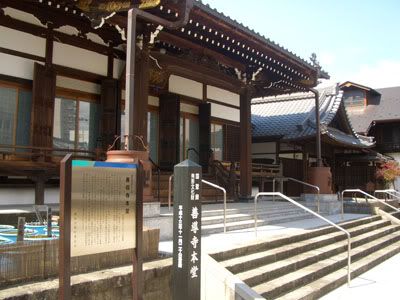
The second temple is the largest one in the city of Koriyama. A number of the temple properties have been labelled as the state's treasures. There are actually two entrances to the temple, with a large garden in between them. The picture shown below is the entrance to the right and the garden is just next to it. The entrance to the left is guarded by the local gods of God of Thunder and the God of Wind. They are large and quite fierce looking if you were to look straight into their eyes.This temple belongs to the school of Shingon; it is quite similar to Tibetan tantric Buddhism, which explains the presence of the local protector gods. For more information on these different schools of Buddhism, can search through Wikipedia or just ask me about it.
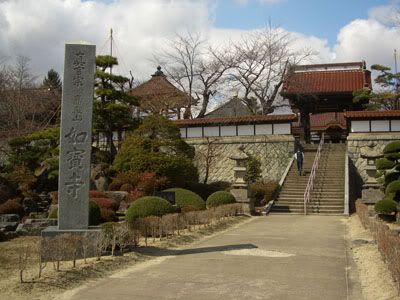
This temple compound is actually much larger than the previous one. There are more people here with cars being parked along the quadrangle. The picture below shows the main shrine of the temple. Surrounding it is the library, the shrine of Kannon (Guan Yin in Chinese, Avalokiteshvara in Sanskirt, Chenrezig in Tibetan), the Bodhisattva of Great Compassion. Behind this temple is also another cemetary, so they are many people making visit to it. I noticed there are people entering the main shrine of the temple, so I decided to just follow along and check out what is in there.
The design of the main shrine is quite typically Japanese. People entering the main hall all make their way to the sides which is where their ancestors tablets are housed. I went in along and pay my respect to the deceased. On my way out, I made a donation to the temple and received a 'Siddham'. This is one unique aspect of Shingon Buddhism in that of the incorporation of calligraphy into their practices. The 'Siddham' is actually a wooden board with a mantra written on it. For me, I will be keeping it as a souvenir.

As I was busy much of the weekdays, so there are no updates.
Saturday
The trip for today will be to the city of Sendai, the largest city to the north of Tokyo. I woke up the same time as it is last saturday and met up with the rest before making our way down to the Bus Station. I had enquired the bus timings and cost the night before at the bus station so we can time ourselves perfectly to the departure of the bus. The bus journey is around 2 hours long before our arrival at Sendai Station. The city of Sendai is indeed many times larger than Koriyama. Skyscrapers is quite a norm in the city, with the famous Tohoku University located in the city, Sendai is indeed quite a city with life. We alighted from the bus and made our way to the Sendai Bus Station as seen below. It is quite a large imposing structure.
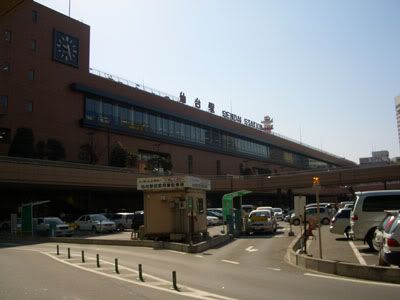
Something unique which I find about the Sendai station is that all its station operations are at the second level. The first level is more like a car park and bus station. Right in front of the second level station is a large levelled compound linked to the various junctions via highly accessible bridges.

We went in to inquire about the sights of Sendai city and were recommended two stops: The Masamune Date's mausoleum and the park where the remains of Sendai castle are. Masamune Date is a great lord of Sendai that lived during the warring era of Japan. He is highly regarded for his feats and his entrepreneur spirit on how he manages politics, economics and military matters. We hopped on the City Bus and went on to our first stop.
The entrance to the mausoleum is shown below:
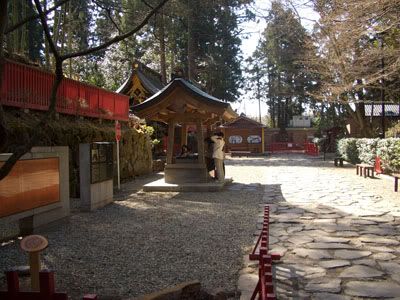
The buildings likewise are all traditionally Japanese shaped. If you all noticed the door behind the big entrance below, it is actually a blend of both traditional Japanese and modern technology. It is an automatic wooden door. When visitors approach it, it will open automatically. Quite a style...
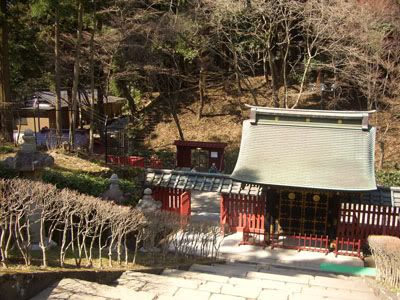
Masamune Date's mausoleum is seen below. His son and grandson mausoleum is opposite at another hill. The design is quite grand with a museum next to it describing how the excavation process was conducted by the Japanese archaeologists.

After visiting the mausoleum, we went on to the temple somewhere down the temple grounds. There is no one in there. I took a quite photo shot of the heart sutra written on a stone block.

We hopped onto the City Bus again to the next stop, the remains of Sendai Castle.

At the top of the hill where Sendai Castle was previously located, we noticed a large statue of Kannon in the distance. Wonder where it is...

Here is the statue of Masamune Date in his military armour. He is distinctively recognised by his crescent moon helmet.
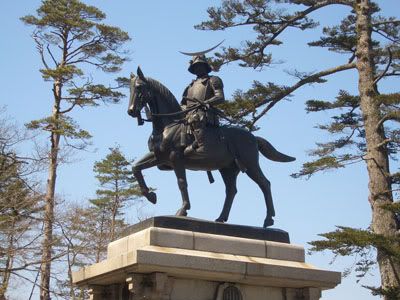
We visited a temple next to the remains ground. It is quite Shinto in origin but the building design is extremely new as compared to the many I have visited.
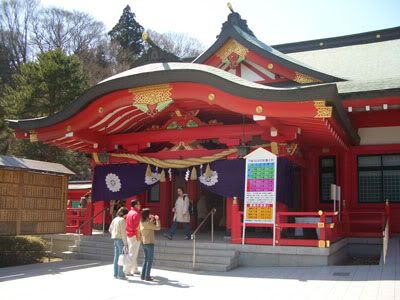
There is a doll performance going on in one of the machines, so I took a short video clip of it below.
My local guide mentioned that this temple actually commerate the war dead of a Japanese battleship. That explains the constant military music resonating from one of the buildings and a Japanese flag flapping in the winds. This temple looks quite new and commercialise anyway, with many amulet stores lining along the way.
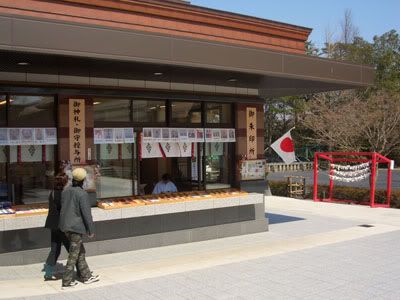
Thereafter we went back to Sendai City centre. I came upon a Japanese monk by the side of the Station's bridge. So I made a small donation to him and in response, he ringed his staff.
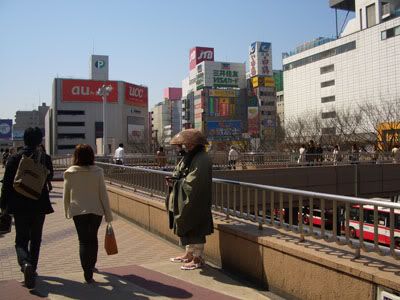
We are back at the station and we have to give the local famous specialty a try, it is Gyutan, also known as Cow's Tongue. There are many stores selling Gyutan and we had to queue up at one before going in.
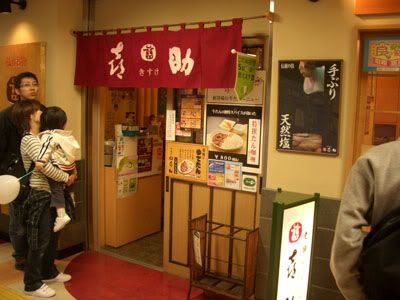
Here is a photo of the chef preparing the Gyutan. His movements are fast and I noticed his hands are burning red from the BBQ.
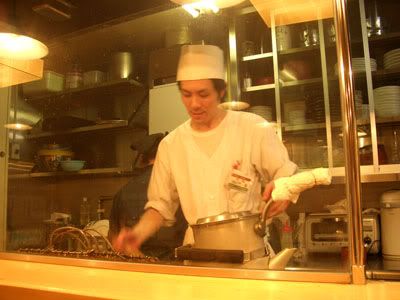
Here is how the Gyutan looks like in three different flavours.
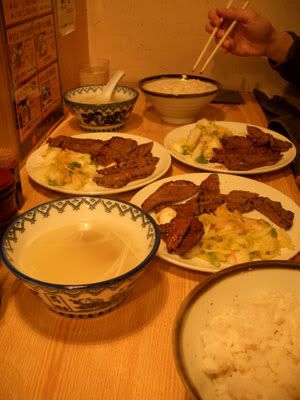
After lunch, we decided to explore one of the top three vacation sights in Japan which is at Matsushima. We travelled to Shiogama station by Densha and will be taking a ferry from there round the islands of Matsushima bay into the seaside town itself.
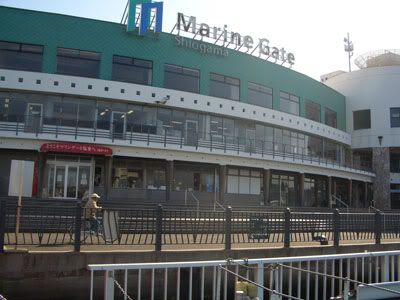
Here is the ferry which we will be on for the next one hour.
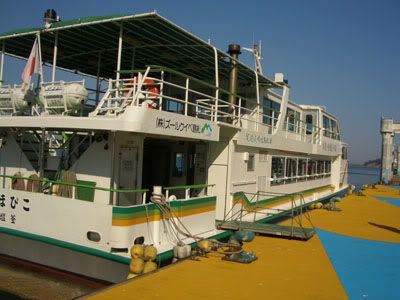
As the ferry moves, the sea gulls follow us along. The passengers are throwing Calibe prawn crackers to them, so they are all flying along for it.
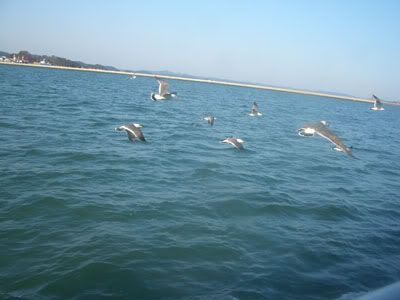
Here is the sight of the sea from the ferry.
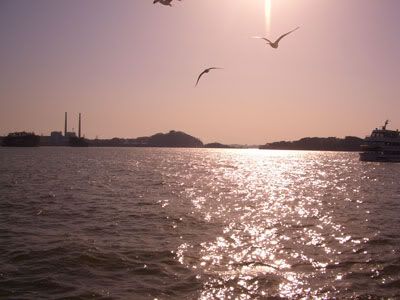
And finally we arrived at Matsushima ferry. Just a 5 minutes walk from the ferry is a temple. It is one of the top recommended sights in Matsushima. I am quite drawn to this wooded path that leads from the temple grounds. It gives an especially serene and peaceful feel when walking through it.
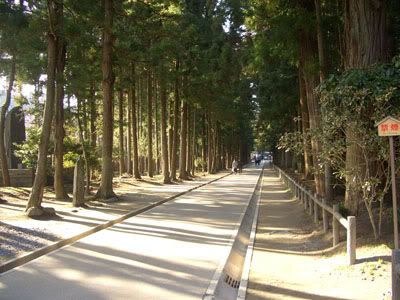
We took another path which passes by the stone encave of the temple. There are possibly 33 statues of Kannon which is donated by the various temples all over Japan.
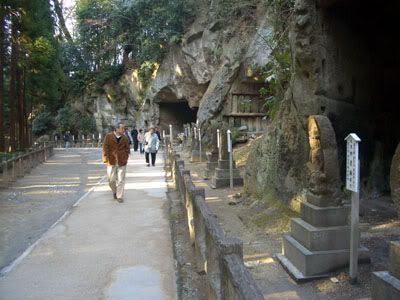
There is also this casual posture of Kannon at the entrance to the main shrine. Water is constantly flowing out of its jar.

This temple is a Zen temple. Thus the temple grounds and its surroundings are all shaped in a Zen design. The stone pebbles, the evergreen bonsai trees, the simple layout and surroundings.
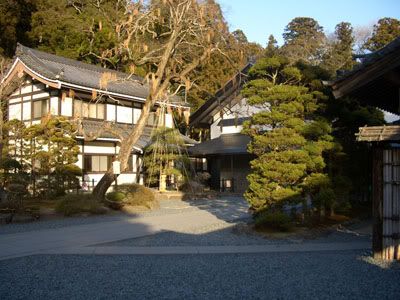
We visited a retreat house at an island some 5 minutes walk from the temple. It feels very peaceful and tranquil indeed.
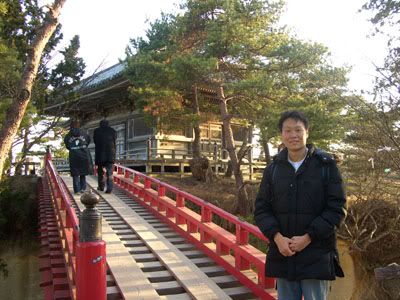
Then we are off and on the way back to Sendai. Along the way, we sampled some of Matsushima's famous bbq oysters. Yummy...
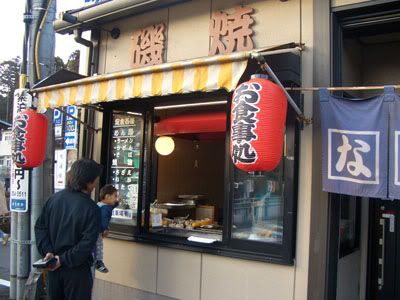
And finally back to the city lights of Sendai city.
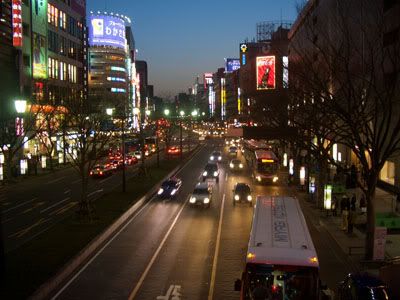
Sendai is a great place for shopping, like the one shown in the picture below. From one end to another end of the mall takes 20 minutes non-stop walking.
